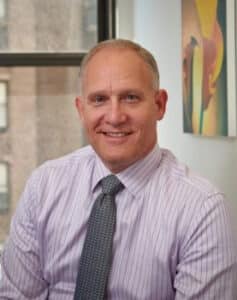 Property owners across the real estate spectrum are always looking for ways to reduce their tax liabilities and increase cash flow. Now, as the coronavirus (COVID-19) pandemic continues to strain the financial health of owners everywhere, it’s more important than ever to pursue these goals.
Property owners across the real estate spectrum are always looking for ways to reduce their tax liabilities and increase cash flow. Now, as the coronavirus (COVID-19) pandemic continues to strain the financial health of owners everywhere, it’s more important than ever to pursue these goals.
During “normal” times, a cost segregation study is an ideal strategy for owners who seek reduced tax liabilities and potentially increased cash flows. Yet, the pandemic has made social distancing the new “norm” and restricted many of us from traveling freely and without fear of infection. Consequently, traditional cost segregation study processes and protocols – particularly in-person site visits by engineering professionals – are now largely unfeasible, unsafe, cost-prohibitive—or all of the above.
Health experts warn that the COVID-19 crisis could drag on indefinitely—yet the need to maximize tax savings and maintain adequate cash flow continues. What to do? A new and innovative approach to cost segregation offers owners a clear path forward.
Tele-Engineering™ – A Virtual Approach to Cost Segregation
 Recognizing that social distancing guidelines shouldn’t hinder efforts to identify potential tax savings, we recently introduced Tele-Engineering™ , an innovative cost segregation study approach specially designed to uncover valuable tax-saving opportunities in today’s socially distanced world.
Recognizing that social distancing guidelines shouldn’t hinder efforts to identify potential tax savings, we recently introduced Tele-Engineering™ , an innovative cost segregation study approach specially designed to uncover valuable tax-saving opportunities in today’s socially distanced world.
As an alternative to the firm’s fully engineered fixed-asset cost segregation studies, Tele-Engineering™ cost segregation studies offer the same high level of detail and support Engineering Tax Services clients expect while eliminating costs and social safety issues associated with in-person visits.
How Tele-Engineering™ Works
With Tele-Engineering™, property owners or their representatives simply use their own video device such as an iPad, smartphone or video camera. Through a real-time video conference, ETS professionals guide owners on a tour of their building, identifying which images to capture, such as mechanical equipment, HVAC units, water heaters and more. They also indicate when to zoom in on certain components and suggest favorable angles for capturing images. Throughout the building tour, guides walk (virtually) with owners or their representatives every step of the way.
Whether we’re all navigating a pandemic or operating under “business-as-usual” conditions, the benefits of Tele-Engineering™ are significant:
- Expedited cost segregation studies
- Zero in-person contact with ETS engineers
- Reduced project cost through elimination of travel expenses
- Simplicity—use your own device
- Carbon-free process
- Ideal for remote locations
Tele-Engineering™ is yet another way ETS can help real estate building owners achieve tax savings and increase cash flow—all while saving money and staying safe. For more information about Tele-Engineering, cost segregation studies or for a complimentary consultation, please call (800) 236-6519.




